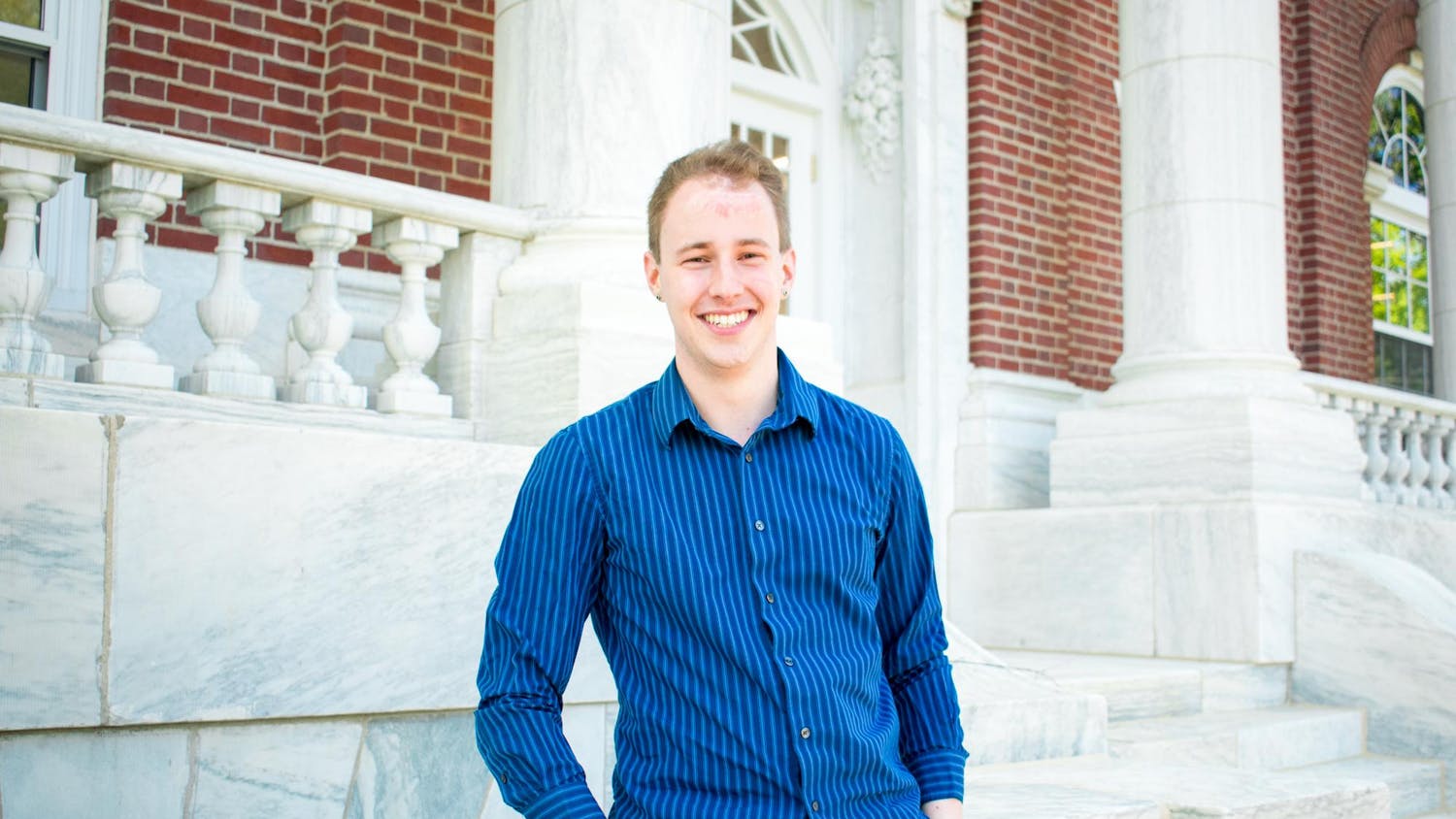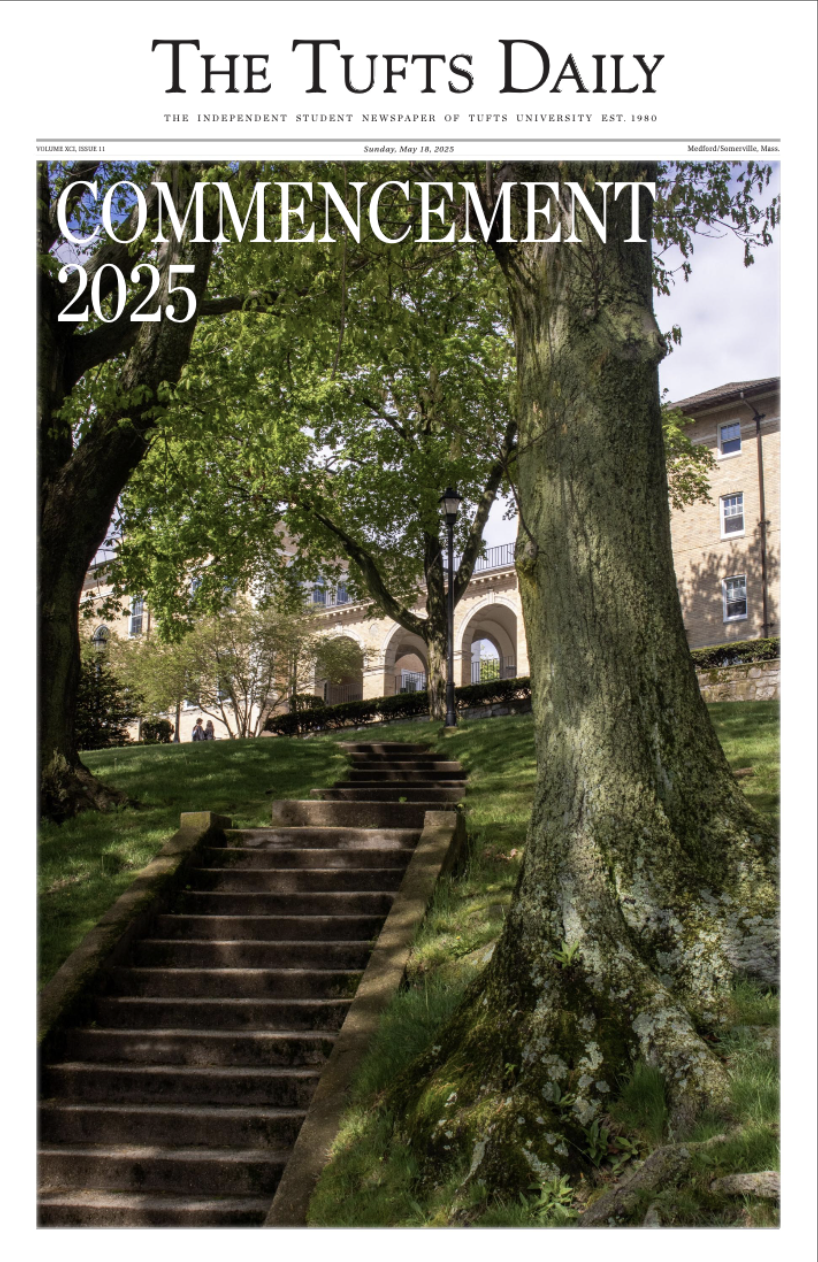Being a fan of a prolific author is always a double-edged sword. On the one hand, the odds of running out of books to read are significantly lower and you can look forward to a new book at fairly regular intervals. On the other, quality can sometimes vary wildly and an author who produces a stunning novel one year can crank out a quietly ordinary one the next. Author Alice Hoffman illustrates this problem.
At her best, Hoffman is practically luminescent in her writing, crafting modern fairytales with dark consequences and hopeful endings or transporting her readers back to historical periods from ancient Israel to nineteenth-century Paris with a few choice phrases and indelible characters. However, the fable-like tone of her writing can sometimes lead instead to the reader feeling removed from the characters and the immediacy of what happens to them. For example, “The Museum of Extraordinary Things" (2014), set in turn-of-the-century Coney Island, is full of intriguing ideas like the titular museum but keeps its protagonist Coralie behind glass, both literally and metaphorically, as she performs as a mermaid in her father's show and remains an emotionally distant character throughout much of the novel.
Ultimately, the key to enjoying Hoffman's work lies in deciding which sub-genre of her novels appeals to you most. Firstly, there are her magical realist novels, usually set in New England and featuring families of strong women, gentle humor, second chances at love and magic that can both fade into the background and permanently disrupt the fabric of its protagonists' lives. These characteristics are exemplified in one of Hoffman's best-known novels, “Practical Magic" (1995), the story of two sisters in a long line of magical, cursed women. Simply put, “Practical Magic” is a delight to read, a heart-felt story about every kind of love there is. If you enjoy “Practical Magic," there's also “The Probable Future” (2003), about a family of women with supernatural gifts and the mystery that draws them all back together, and “The River King" (2000) where the death of a student at a prestigious prep school upends the boundaries in one small Massachusetts town.
Secondly, there's her historical fiction, including her other popular novel “The Dovekeepers” (2011), which tells the story of four women at Masada in Israel. It's heartbreaking and elegantly written, and one of those books that someone you know is bound to have also read and enjoyed. If you're looking to found a book club, “The Dovekeepers” might be the right choice. However, my favorite Hoffman novels are her dark modern-day fairy tales like “The Third Angel” (2008) and “The Story Sisters” (2009), packed with tragedy, redemption and everything in between. They're not the easiest books to read and their characters, like the drug-addicted and emotionally scarred Elv of “The Story Sisters,” go tumbling down some dark rabbit holes, but what comes before makes the hope of Hoffman's endings all the more powerful. These books also contain some of her loveliest writing and most powerful imagery, as every page packs a devastating punch and keeps you hooked.
More from The Tufts Daily





